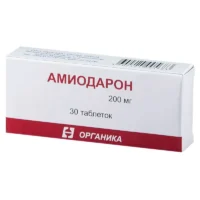Description
Nitroglycerin Concentrate for Infusions 10 mg/ml. Vials 2 ml. №10
Ingredients
- Nitroglycerin concentrate 10 mg/ml
- Sodium chloride
- Water for injections
Dosage
The recommended dosage of Nitroglycerin concentrate for infusions is determined by the healthcare provider based on the patient’s condition and needs. It is typically administered intravenously at a controlled rate.
Indications
- Treatment of angina pectoris
- Management of acute heart failure
- Control of hypertensive emergencies
Contraindications
- Avoid use if severe anemia is present
- Avoid in cases of increased intracranial pressure
- Avoid if allergic to nitroglycerin or any components of the formulation
Directions
Administer Nitroglycerin concentrate under medical supervision only. The infusion rate and dosage should be carefully monitored to avoid adverse effects.
Scientific Evidence
Nitroglycerin has vasodilatory effects on coronary arteries, improving blood flow to the heart muscle. Clinical trials support its efficacy in relieving angina symptoms and reducing the frequency of angina attacks.
Additional Information
Store Nitroglycerin concentrate for infusions at controlled room temperature and protect from light. Follow proper handling and administration procedures for patient safety.




